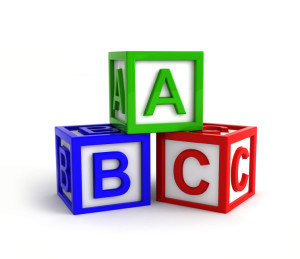by Kaycee Gnatowski
 As children, grammar lessons were often accompanied by eye rolls and groans as the words verbs, commas and nouns made their way on the chalkboard. Learning basic grammar concepts was not a high priority or the activity of choice and, as adults, these feelings have not changed. For writers, however, it’s important to know the basics. Here is a chance to brush up on one form of grammar that might have been missed.
As children, grammar lessons were often accompanied by eye rolls and groans as the words verbs, commas and nouns made their way on the chalkboard. Learning basic grammar concepts was not a high priority or the activity of choice and, as adults, these feelings have not changed. For writers, however, it’s important to know the basics. Here is a chance to brush up on one form of grammar that might have been missed.
So, what exactly is an adverb? Adverbs are special words that modify other parts of a sentence such as, verbs, adjectives, and clauses by changing the meaning. A rule of thumb to remember is this form of grammar often answers the three W’s—when, why, and where and indicates time, manner, or place.
The next step of understanding adverbs is learning how to recognize them. One common way is if the ending of a word is attached with –ly. However, not all words ending in –ly specifies an adverb is present in the text. A few examples to keep in mind are:
• I quickly cut the paper before my teacher arrived.
The word quickly is the adverb because it is modifying the verb cut.
• Today, you and I are going swimming at the beach.
The word today is the adverb of the sentence because it symbolizes time.
Aside from being used to characterize the three W’s and time, manner, or place, adverbs are notorious for placing stress or emphasis on a sentence by using these three methods:
• Emphasizers
This fancy term uses a simple way of exaggerating the text through words such as really or definitely.
• Amplifiers
Words such as completely and absolutely are used to boost up the meaning of the dialogue.
• Downtoners
This function does exactly what its name states—downplays the tone by using words such as kind of and sort of.
One of the beneficial properties of adverbs is their ability to specify when an event will take place. One important rule to remember when representing time is to avoid using adverbs that end with –ly (firstly, secondly, thirdly). Instead, use a numbered list (1, 2, 3) or written form (first, second, third) as an alternative method.
As adults, understanding adverbs can be as tedious as trying to learn a second language. Avoid headaches and frustration by following these simple guidelines to become a pro at no time, especially writers who may have fallen asleep in class during this grammar lesson.
Category: